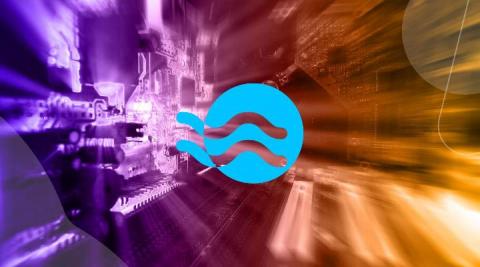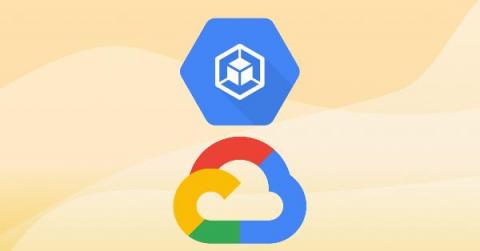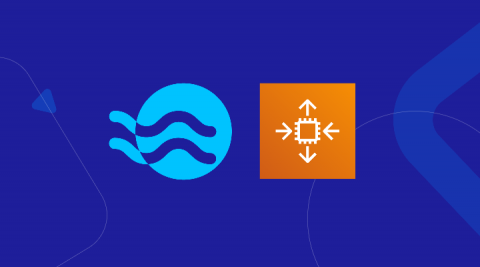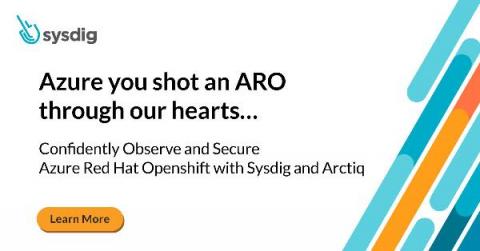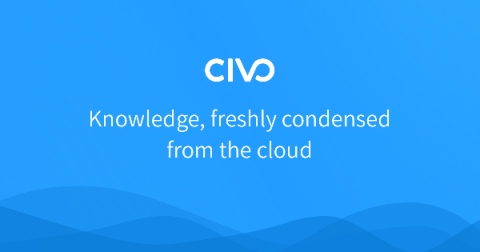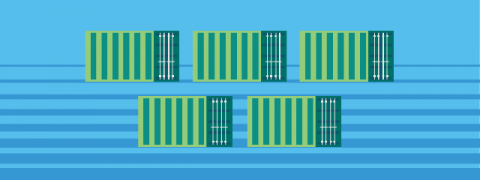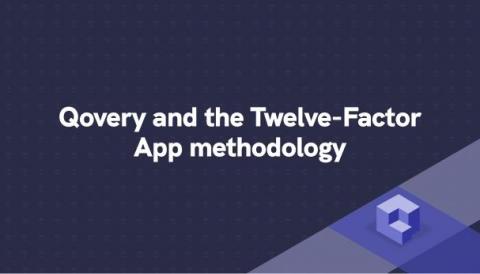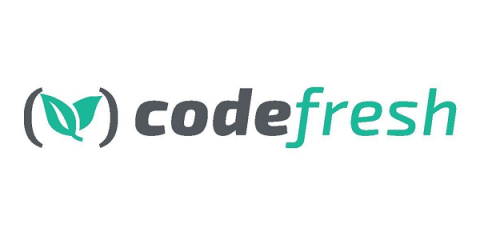EKS simplified on EC2 Graviton2 instances
Amazon Web Services (AWS) and Kubernetes (K8s) have proven to be a powerful combination, with more K8s users also using Amazon Elastic Kubernetes Service (EKS) more than any other Kubernetes managed service. With EKS, users are able to benefit from the agility and scalability of Kubernetes on AWS without having to manage the K8s control plane. Paired with Ocean by Spot, users are able to abstract away infrastructure management as well.


